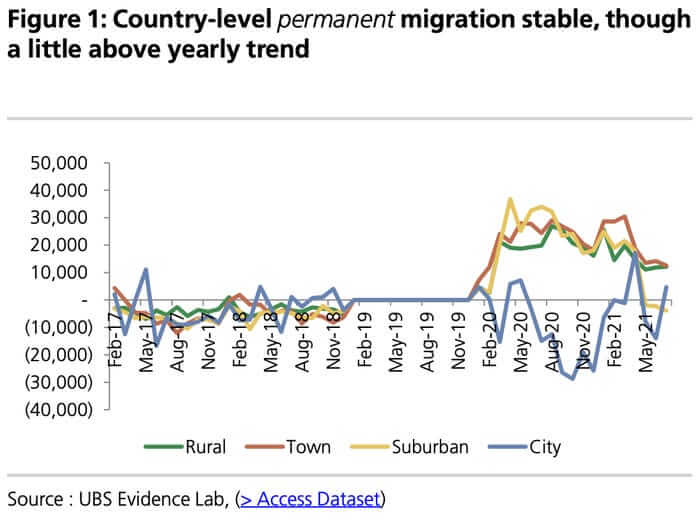WalletHub recently released a report showing where renters get the most bang for their buck. They compared 180+ rental markets across 22 measurements of rental attractiveness and quality of life. A few interesting points worth noting:

Source: WalletHub
Similarly, Lending Tree released data on renter demographics in cities across the U.S. They found that overall, renters are usually younger than homeowners, with an average age of 33.
Renters on the East Coast are usually older. The average age of renters in Pittsburgh, New York and Providence, R.I. — the metros with the oldest renters — is about 36. The cost of renting in these areas is a little bit less expensive relative to the costs of owning a home in other parts of the country, which might incentivize some people to rent later in their lives.
Elena Cox of Realtor.com reported on their listing data showing the top cities where housing price drops are the most frequent. To come up with the data, Realtor.com averaged the rate of price-reduced properties compared to total listings.

Source: Realtor.com
Ben Winck of Business Insider reports on the return to larger U.S. metros, noting that “the migration from cities has largely ceased and urban occupancy is rebounding.” New data shows that the earlier trend of an urban flight is reversing course.

Source: Business Insider
July housing starts
New Census Bureau data shows that housing starts in July were down 7% month-over-month, but 2.5% higher than July 2020. Building permits increased 2.6% month-over-month, and 6% year-over-year.
Lucia Mutikani of Reuters comments on the data, noting that “U.S. homebuilding fell more than expected in July, the latest sign that surging construction costs and home prices continued to constrain the housing market early in the third quarter. Though the report from the Commerce Department on Wednesday showed a rebound in building permits after three straight monthly declines, the gain was in the volatile multi-family home segment, which will do little to ease an acute housing shortage that is driving up prices.”
Jonathan Garber of FOX Business added to the conversation, reporting that builder confidence is dropping on surging construction costs. Despite dropping prices for lumber, builders are having trouble securing it. And, according to the National Association of Home Builders (NAHB), builder confidence in August fell five points to 75, the lowest since July 2020.
According to the Federal Reserve Bank of St. Louis, although permits did rise, they have been on a downward trend since the beginning of the year.

Source: Federal Reserve Bank of St. Louis
What Home Depot tells us about housing
Speaking of building materials, Home Depot released its Q2 earnings report, showing the pandemic-fueled home renovation frenzy is slowing down. According to CNBC, “U.S. same-store sales were up just 3.4% in the latest quarter, compared with a 25% jump in the year-ago period…U.S. same-store sales were up just 3.4% in the latest quarter, compared with a 25% jump in the year-ago period.”
Paul R. La Monica of CNN Business discusses this topic, noting that demand for lumber is dropping alongside housing starts, meaning there could be some pain ahead for Home Depot.
“Industry watchers are increasingly concerned that surging home prices, which are largely due to limited supply and strong demand from city dwellers looking to flee to the suburbs during the pandemic, could finally put an end to the housing boom. Even though mortgage rates remain low, bidding wars have made buying a home unaffordable for many Americans.”
RetailWire’s Tom Ryan comments on the sales wall for home improvement retailers, suggesting that the reduction in homeowners tackling DIY projects due to high prices will affect the short-term profitability of businesses like Home Depot and Lowe’s.
But, because supply for housing is lagging, businesses like Home Depot will likely continue to see revenue boosts as more consumers look at renovating their current living conditions rather than setting out to purchase something different.






